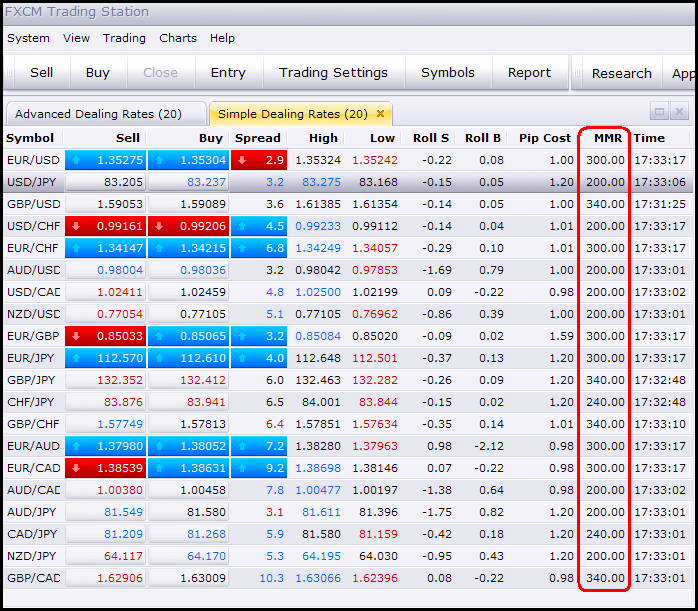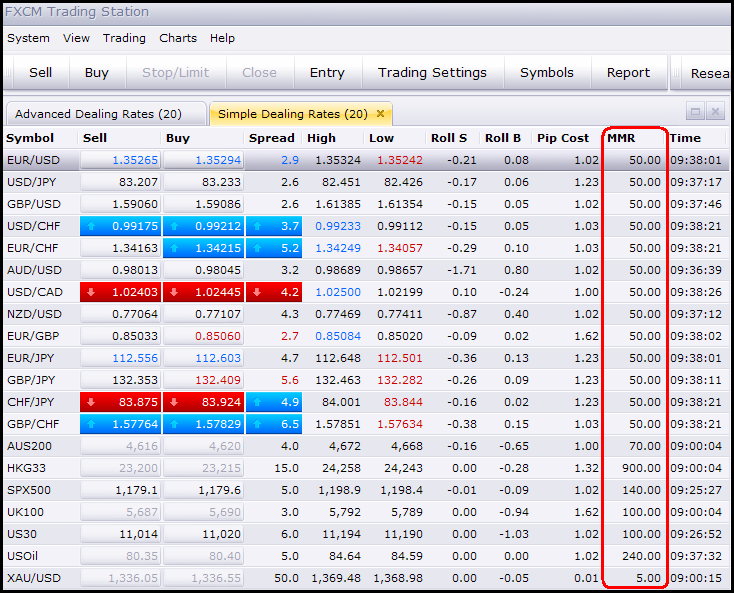What are Forex Pips Lots Margin and Leverage
Post on: 28 Август, 2015 No Comment

Knowing and understanding the proper terminology within the forex market is essential in becoming a successful trader. In this article we discuss and define what pips, lots, margin and leverage are. We also provide examples of each for easier comprehension.
Pips and Lots
Currency traders quote the value of a currency pair, and trade sizes, in pips and lots. A pip is usually the smallest amount by which the value of a currency pair can change, although these days some brokers offer fractional pip quotes too. In example, when the value of the EUR/USD pair goes up by one tick (i.e. pip) the quote will move from 1.2345, to 1.2346, and the size of the movement is just one pip. An important guideline for the beginning trader is to measure success or loss in an account by pips instead of the actual dollar value. A one pip gain in a $10 account, is equal, in terms of the traders skill, to a 1 pip gain in a $1,000 account, although the actual dollar amount is very different.
The smallest size in currency trading for professional traders is called a lot. For USD-based pairs, the lot size is 100,000. In other words, when you enter a trade with your margin account, the smallest amount that you can buy or sell is 100K, regardless of the size of your margin.
Margin and Leverage
Another important concept in currency trading is the twin phenomenon of margin and leverage. This is a concept that carries a high degree of risk, but since forex prices move very slowly (in terms of the actual change in value), the vast majority of traders leverage their accounts when engaging in short-term trading.

When you open a forex account, the broker will request that you deposit a small sum, known as margin, as insurance against the losses that your account may suffer. With this small sum, youre able to control a much larger amount, enabling greater gains, but also greater losses than you would be able to achieve with your deposit. Its easier to understand margin and leverage in the context of a borrowing process. The lots that you can trade are borrowed from your broker, who requires a margin deposit as an insurance against losses. The ratio between the funds borrowed by you, and the margin that you deposit as insurance is called leverage. Thus, if you set a leverage ratio of 100:1, enabling the trade of 1,000,000 USD with just 10,000 USD in deposit, but eventually trade just 100,000, the actual leverage that you would be using is 10:1. Note that leverage over 50:1 for majors and 20:1 for minors is not available to traders in the U.S.
In order to understand how to manage your account you must gain a good understanding of leverage. Failure to pay proper attention to leverage and margin may result in a margin call and the broker may liquidate your position in order to ensure that your losses do not reach a level where your margin deposit is insufficient to cover them. Increasing leverage = increases risk.














